Search Images
Browse Content (p. 1640)

Image
Map of Odoacer's Italy in 480 CE
Map of Odoacer's Italy in 480 CE.
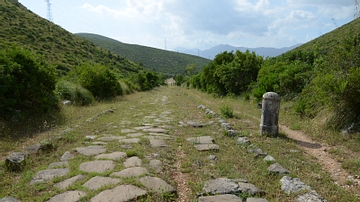
Image
Via Appia, Kilometer 126
A stretch of the Via Appia at Sant'Andrea, km 126. Here it is still possible to admire the original flint-stones, thanks to their restoration during the Bourbon age and now protected by the Natural Park Monti Aurunci Authority.
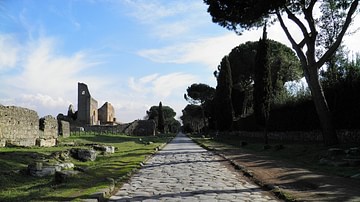
Image
Via Appia
The Via Appia near the Villa dei Quintili at mile V (Rome).
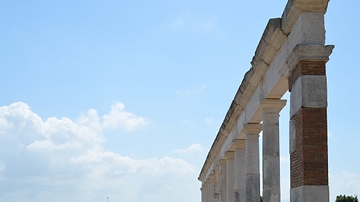
Image
Via Appia at Minturnae
A stretch of the Via Appia passing through the ancient city of Minturnae (Minturno, Italy).

Image
Via Appia at Terracina
A stretch of the Via Appia in the Forum Aemilianum of Tarracina (Terracina, Italy).
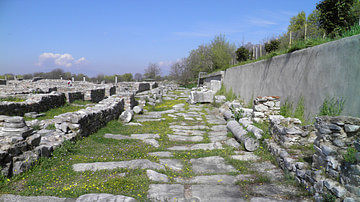
Image
Via Egnatia in Philippi
A stretch of the Via Egnatia in Philippi (Greece). The Via Egnatia crossed the Roman provinces of Illyricum, Macedonia, and Thrace, running through territory that is now part of modern Albania, the Republic of Macedonia, Greece, and European...
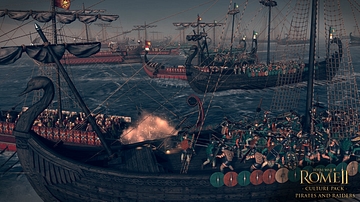
Image
Ancient Sea Battle
Modern 3D representation of what an ancient sea battle between Romans and pirates may have looked like.
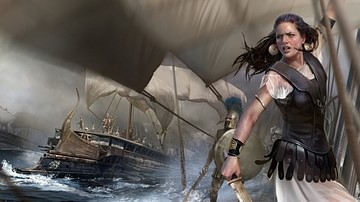
Image
Queen Teuta of Illyria
Artist's impression of Teuta, Queen of the Illyrian Ardiaei tribe, leads a pirate expedition against rome. According to Illyrian laws, piracy was a legitimate trade, which led to war against the Roman Republic, who did not approve. This...
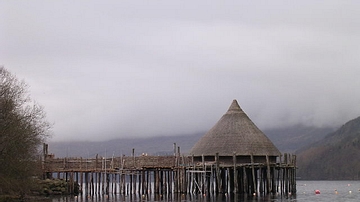
Image
Crannog, Loch Tay, Scotland
The Crannog centre on Loch Tay near Kenmore recreates an ancient Crannog, which was a wooden structure built out on a man-made island in a lake and connected to the shore by a narrow, and easily defensible, causeway.

Image
The Queen of The Night Relief
This large plaque was made of baked straw-tempered clay, modeled in high relief. The figure of the curvaceous naked woman was originally painted red; note the trace of the red color on her left wrist. She wears the horned headdress characteristic...